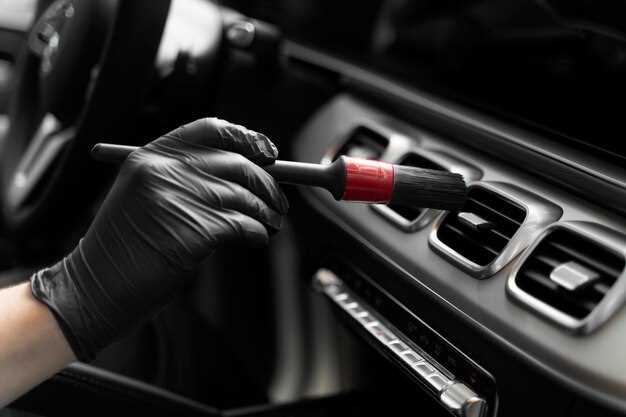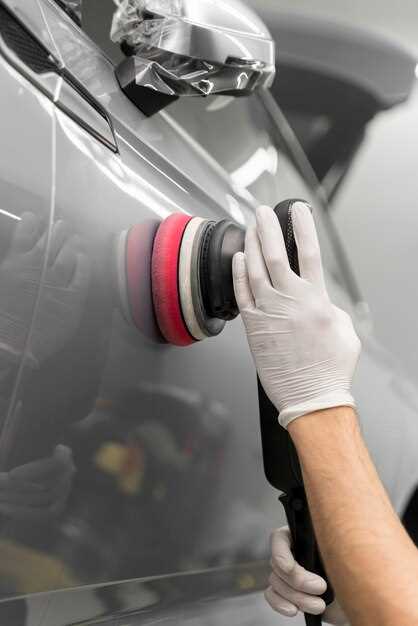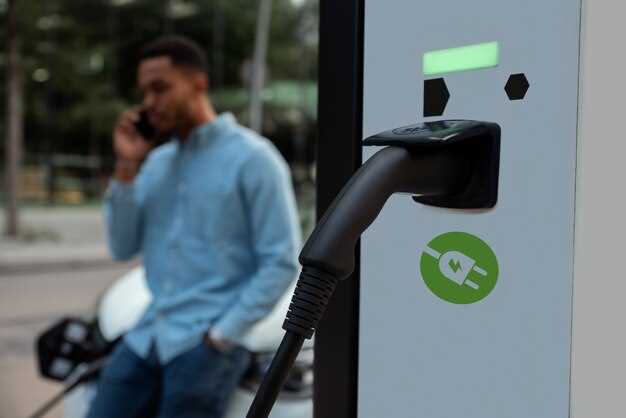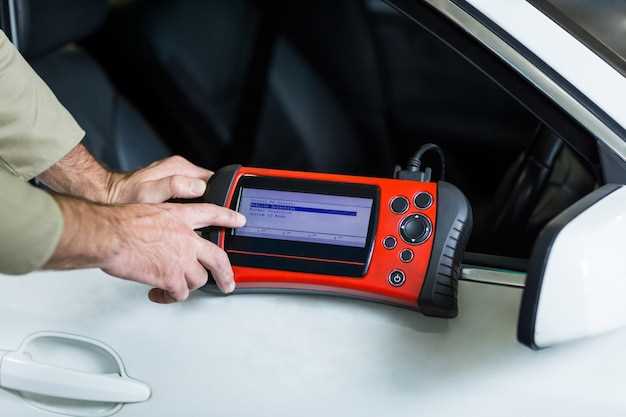
When considering a used car purchase, one of the most important factors to evaluate is its ability to retain value over time. A vehicle’s value is not only determined by its initial price but also by how much it depreciates in the years that follow. Buyers looking for a used car should prioritize models known for their reliability and durability, ensuring they make a sound investment.
Choosing a used car that retains its value can lead to financial benefits, especially when it comes time to sell or trade in the vehicle. Certain manufacturers consistently produce vehicles that withstand the test of time, maintaining higher resale prices compared to others. Understanding these trends will empower consumers to make informed decisions, maximizing the value of their investment.
In this article, we will explore some of the best used cars on the market that demonstrate excellent resale value. From practical sedans to versatile SUVs, these models exemplify quality and reliability, ensuring that they remain a wise choice for any budget-conscious buyer.
Top Brands Known for High Resale Value

When considering used cars, certain brands consistently demonstrate a remarkable ability to retain their value over time. This is a critical factor for many buyers, as a higher resale value can significantly mitigate depreciation costs throughout the vehicle’s life. Among the brands known for their stellar resale performance, Toyota stands out due to its reputation for reliability and longevity. Models like the Toyota Camry and RAV4 are particularly well-regarded in the used car market.
Another brand recognized for maintaining its value is Honda. Honda vehicles, such as the Civic and CR-V, are sought after not only for their durability but also for their economical fuel consumption, making them attractive to a wide range of buyers. This demand helps to ensure that their used models hold value exceptionally well.
Subaru is also notable in this category, especially with models like the Outback and Forester, which appeal to outdoor enthusiasts and families alike. Their all-wheel-drive capability and safety features contribute to a strong resale market, reinforcing Subaru’s position as a brand that provides lasting value.
Lexus, the luxury division of Toyota, offers premium vehicles that retain their value due to high consumer demand and strong brand loyalty. Models such as the Lexus RX and ES series attract buyers looking for both luxury and reliability, further enhancing their resale appeal.
Lastly, pickup trucks from Ford, particularly the F-150, are known for their strong resale performance. The versatility and reliability of these vehicles make them popular both new and used, leading to higher demand and value retention in the market.
Factors That Influence Used Car Resale Price

The resale price of a used car is determined by multiple factors that potential sellers and buyers should understand. One primary factor is the car’s make and model. Certain brands, such as Toyota and Honda, are known for their reliability and longevity, which can significantly enhance their value over time.
Another critical element is the car’s condition at the time of resale. A well-maintained vehicle with a clean exterior and interior will generally command a higher price compared to one with visible wear and tear. Routine service records play a crucial role in establishing the vehicle’s history and reliability for prospective buyers.
Mileage is also a key aspect influencing value. Cars with lower mileage are often perceived as less used and more desirable, leading to higher resale prices. Conversely, high mileage can indicate potential future issues, thereby decreasing the vehicle’s value.
Market demand directly affects how much a used car can be sold for at any given time. Economic factors, seasonal trends, and popular vehicle types can shift buyer preferences, impacting resale prices. For instance, demand for SUVs may rise in winter, resulting in increased values for those models.
Finally, features and technology in the car can boost its value. Vehicles equipped with advanced safety features, modern infotainment systems, and fuel-efficient engines are often viewed favorably, enhancing their resale potential. Buyers are willing to pay a premium for cars that offer more conveniences and upgraded technologies.
Models to Consider for Long-Term Value Retention
When searching for a used car that retains its value, it is essential to consider specific models known for their durability and demand in the market. This selection often includes vehicles that boast a reputation for reliability, affordability of maintenance, and a solid resale history.
One highly regarded model is the Toyota Corolla. This compact car consistently ranks high in reliability and fuel efficiency, attracting a wide range of buyers. Its low maintenance costs and excellent resale value make it a smart choice for those prioritizing long-term investments.
Another strong contender is the Honda Civic. Known for its sporty feel and practicality, the Civic offers a great blend of performance and reliability. Its enduring popularity ensures it stays in demand, making it a smart pick for value retention over time.
The Subaru Outback also deserves attention, particularly for those needing versatility. This all-wheel-drive car is celebrated for its safety features and rugged appeal. Its loyal customer base ensures steady demand, particularly in regions facing adverse weather conditions.
Additionally, the Ford F-150 stands out among trucks for its durability and functionality. With a reputation for reliability and a vast market of prospective buyers, this model is a favorite that holds its value exceptionally well.
Lastly, the Porsche 911 represents a unique case in the luxury segment. Its iconic status, coupled with limited production runs, allows it to retain value remarkably well, making it an investment-worthy used car for collectors and enthusiasts alike.




































